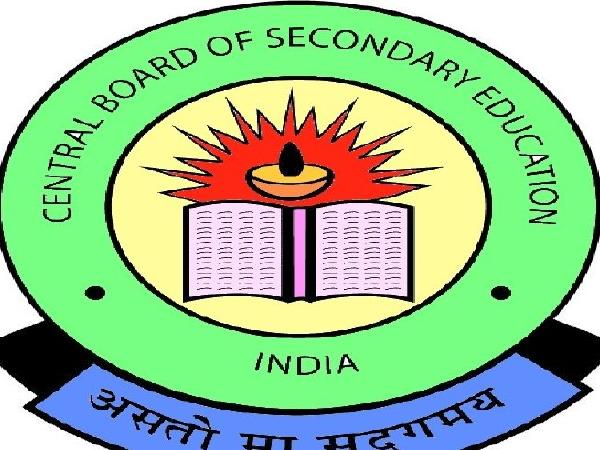US Federal Education Budget Project, Ed Money Watch's parent initiative has announced the launch of a new version of its website. The new site includes four years of higher education data on federal financing, demographics, outcomes, and financial aid use for every state and institution in the country. These data expand upon FEBP's already rich array of K-12 data. In addition to providing the data in an easy-to-read format, the FEBP site also provides a comparison function that allows users to compare data for states, school districts, and institutions of higher education. The comparison function also automatically displays each school's average Pell Grant and the percentage of students receiving Pell Grants at the institution. Interestingly, we learn that though these schools all have similar graduation rates, the make-up of their students varies widely. Only 8 percent of students at James Madison University received Pell Grants in 2009, while 69 percent received them at the Institute of American Indian & Alaska Native Culture & Arts in New Mexico. At UC Berkeley, by comparison, 24 percent of students receive Pell Grants. This suggests that some of these schools are better at attracting and serving low-income students than others. The Institute of American Indian & Alaska Native Culture & Arts is by far the least expensive school with a net price of $6,170, and the smallest school with a 2009 enrollment of 350 students. This may explain in part the high percentage of low income students at the school. The Pennsylvania State University, on the other hand, is more than twice as expensive at $16,080; and the University of Texas at Austin is several magnitudes larger with an enrollment of 50,995.
























